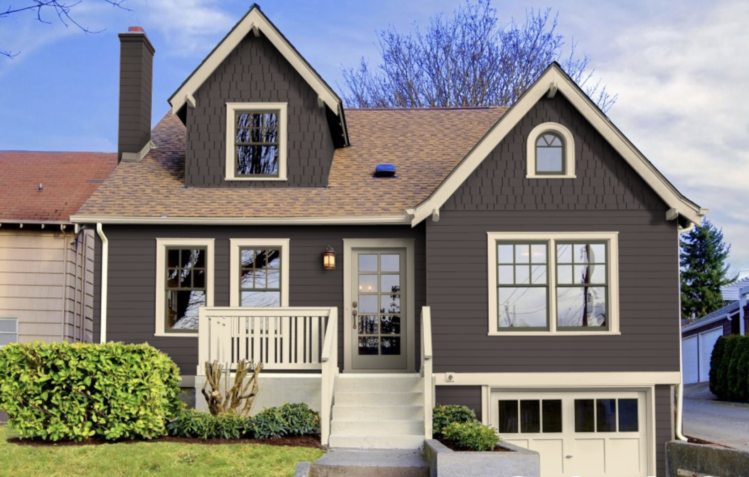
Composite trim boards are a popular choice for modern residential properties. Since composite products are made up of a combination of carefully bonded materials, they often prove to be more durable and more resilient than raw materials, like untreated timber or metal. There are many composite trim types to choose from.
Take a look at four of the most popular composite trim board materials to help you decide which product is best for your next home improvement project.
Wood-Plastic Composite
A relatively new building material, wood-plastic composites, also referred to as WPCs, are made from a combination of thermoplastics and wood cellulose content, like wood fibers and flour, which are bonded together by strong chemical additives. WPCs are most commonly used for outdoor decks and patios, but they can also be used for railing, fencing, composite exterior trim, molding, and door frames.
WPCs are malleable during the production process, which means they can be easily molded into unique shapes and forms, like smooth arches. Another advantage of WPCs is that they are highly resistant to rot and decay, which is a common issue with natural timber used in outdoor settings. However, WPCs still absorb some moisture because of their high wood fiber content. Depending on the composition, some WPCs may still require additional treatment to help the wood-plastic composite exterior trim become sufficiently water-resistant.

Engineered Wood
Engineered wood or composite wood consists of several types of wood fibers, strands, veneers, and particles bonded together with a strong adhesive. Plywood, particle board, OSB, and laminated timber are all types of engineered wood. A layer of veneer may be applied to engineered wood to improve its aesthetic surface appearance, though that is not always the case.
One of the perks of composite trim board is that it is often regulated according to national or international design specifications, so its structural performance can be anticipated with a higher degree of certainty. It is cheap to produce and results in a very lightweight product, so engineered wood is widely used in home construction projects for both exterior and interior features. There are many attractive styles and finishes available.
Engineered wood composite trim is versatile and easy to work with, which is great for DIY enthusiasts. However, there are also vast variations in thickness, strength, and structural integrity — including some engineered wood trim that is only suitable for indoor use — so home builders need to do significant research on the particular product they’re interested in when selecting engineered wood for home improvement projects. For example, engineered wood intended for indoor use may result in ugly warping and decay when used as composite exterior trim.

Fiber Cement
Made from a careful mix of cellulose fibers, cement, and sand, fiber cement is an incredibly durable material that is suitable for use as a composite exterior trim, siding, shingles, soffit, backerboard and more. Fiber cement composite trim boards are often used in residential and commercial properties to give the home a finished look.
The advantages of composite trim material are endless. It contains concrete in its composition, fiber cement trim is truly a durable product that won’t see the warping, rotting, or flammability risk found with other composite trim materials made of wood and plastic. It has natural durability and resistance to the elements, making fiber cement composite exterior trim long-lasting, which is great news for homeowners who don’t plan on another remodel in the near future. Homeowners appreciate the low-maintenance aspect of fiber cement composite trim, too. There is a wide range of colors and finishes available, so it’s easy to find composite trim boards that match perfectly with the rest of your exterior design.
It is made from a highly specialized composition of cellulose fibers and cement, so composite trim boards are best installed by a professional who specializes in fiber cement products.
Fiberglass
Glass fibers are reinforced with plastic polymers to make fiberglass, which is incredibly durable and weather-resistant. Versatility is the key advantage of this composite material, which is used for everything from surfboards and drums to bathtubs and roofing.
It does provide reinforced strength, however, fiberglass lacks the selection and aesthetic qualities found in other types of composite trim boards, like fiber cement and engineered wood. For this reason, fiberglass is more often used for window canopies and dormers than it is for composite exterior trim.

Choosing the Best Composite Trim for Your Home
When it comes to selecting composite trim, there are many different material compositions and styles to choose from, each with varying pros and cons. If both style selection and durability are important, fiber cement composite trim boards are the best option. Fiber cement provides enhanced strength, longevity, and weather-resistance and outperforms other composite trim materials while also delivering on style.
Contact the fiber cement siding specialists at Allura today for more information on high quality trim and siding.




